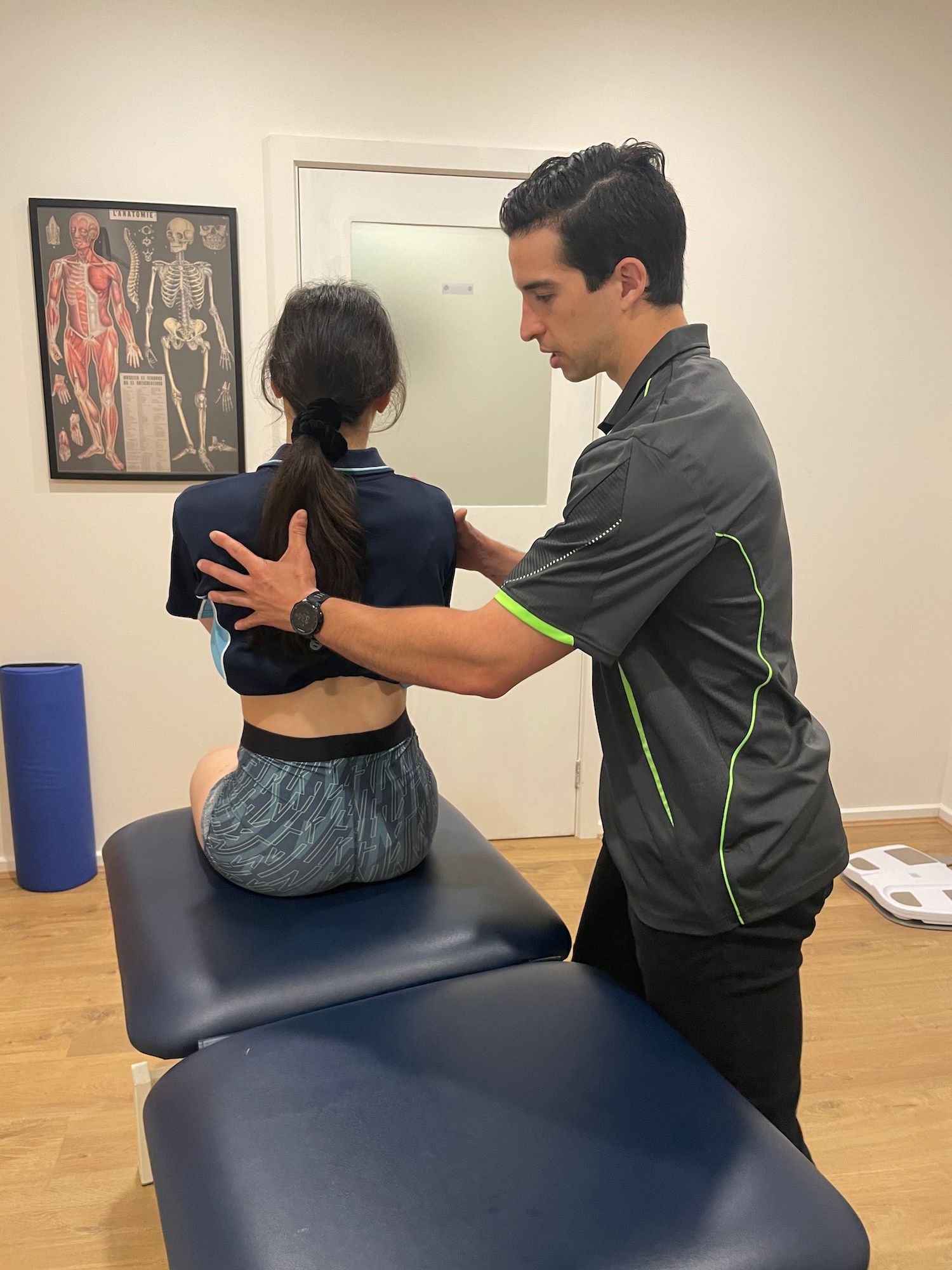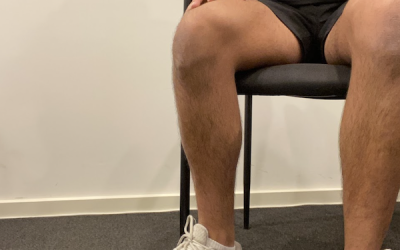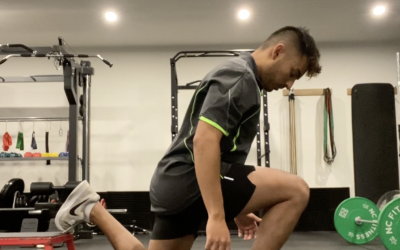Have I slipped a disc?

Have I just slipped a disc? Oh no!
Fear not! It isn’t the end of the world.
Throughout our lives, we put our spine under pressure with everyday occurrences like household chores, sport, work, weight gain and direct trauma.
This can cause the jelly-like disc to slowly, but surely, become more flat and less shock absorbent. Eventually due to wear and tear, they lose their shape and bulge out slightly, which CAN or CANNOT touch the surrounding nerve roots causing irritation and nerve pain.
So, as our bodies start the degeneration process from the time we are in our mid-twenties, coupled with everyday stress and trauma, disc bulges would seem pretty common, yeah? Well, it is…especially over the age of 40, usually in the lower back.
Surprisingly, a lot of people “slip”discs, yet have no symptoms of this whatsoever, simply due to general wear and tear! And so, they go on with their lives- none the wiser!
Yes. That’s right. Bulging discs can have no symptoms.
Just because your MRI comes back positive with a result for a bulge, doesn’t necessarily mean that it is going to be the source of your pain. You may not even know how long you have had it for!
If it does turnout that you have sustained an acute disc bulge, and it is causing you pain, Myotherapy can assist in reducing the associated symptoms, like tight muscles, as well as strengthen the core and the spine using using basic exercises to prevent further postural and mechanical issues.
Symptoms usually hang around for about 6 weeks (depending on each individual case and the things they are doing to assist recovery), but thankfully, not forever.
With this in mind, our bodies are clever and will occasionally tighten the surrounding areas as a safeguard, and this can be managed and released by our fabulous Myos.
– Alli Jennings
How to Manage a Hamstring Strain
Here’s what happens when you are assessed by a Physio after a Hamstring Strain: Hamstring strains are a common injury we see here at Physio and Fitness Clinic. These commonly occur in sports that require a lot of change of pace and direction (such as team sports). It...
Getting Better Fast After an Ankle Sprain with Simple Rehab Exercises
To Restore Normal Ankle Function After an Ankle SprainThis ankle rehabilitation exercise program focuses on strengthening the muscles that support your ankle to help reduce stress on your ankle joint. To restore normal ankle function after an ankle sprain. Ankle Range...
Calf Strengthening: The Importance of Working the Full Kinetic Chain
If you’ve been trying to increase your calf strength after an injury you might know that doing your calf raises and doing your hops are an important part of the rehab journey. But did you also know that it is important to work the full Kinetic Chain? Very rarely in...



